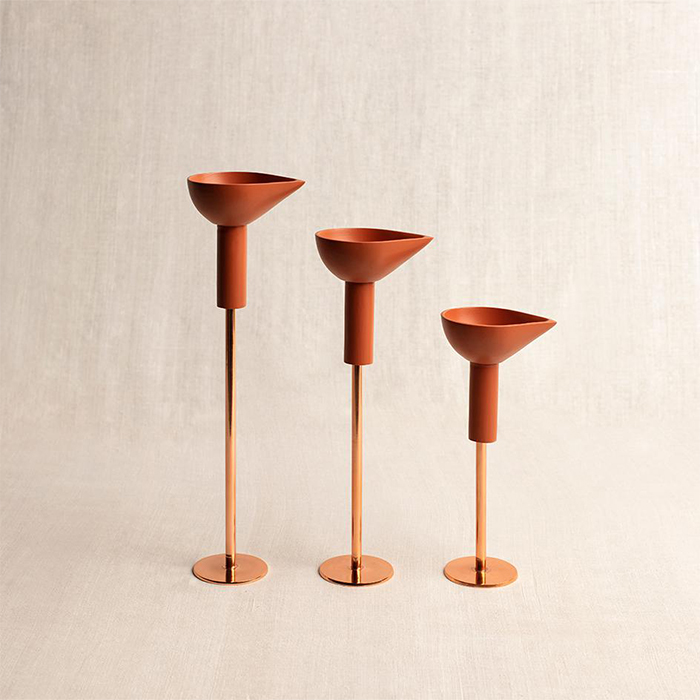Maison et Objet Fall 2012: Disappearing Acts
Extreme minimalism at the Parisian trade show

Pushing this year’s theme of “essential” to its most abstract limits, an exhibition at Maison et Objet plays with the idea of disappearance. Below, see the highlights we spotted—magical designs that seem to almost erase or reduce items until all that remained were delicate lines or dazzling reflections of light.
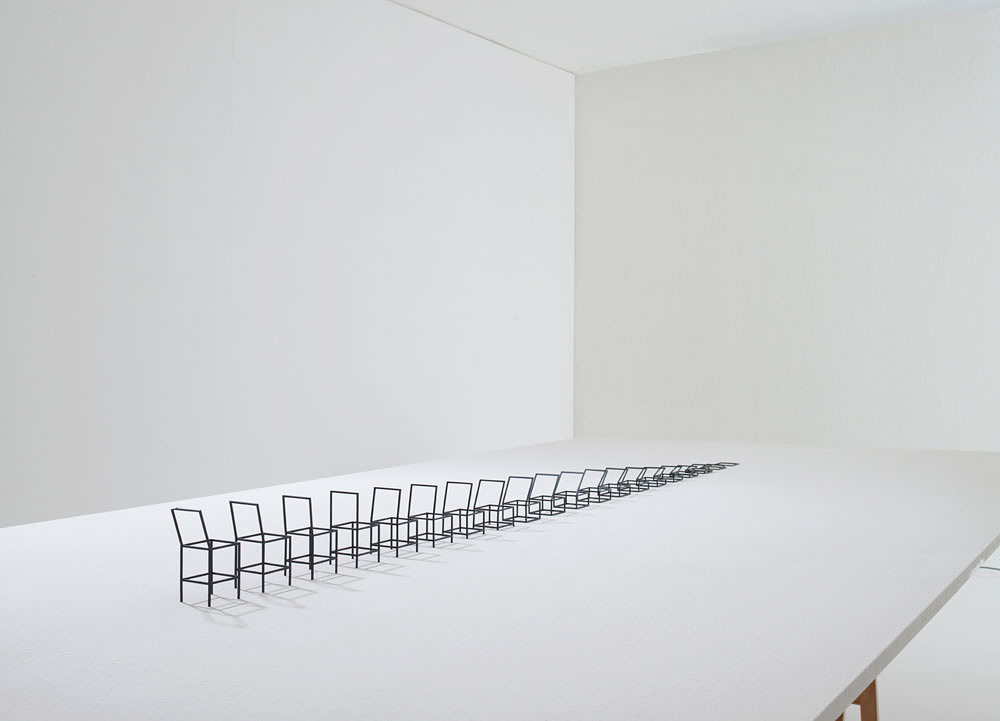
Born in Tel Aviv, NYC-based artist Ron Gilad uses simple geometries to describe the transformation of objects and question their architectural relationship to the environment. “The Birth of A Chair,” a work on view at Dilmos Gallery, delivers a humorously poetic history on the development of a chair, reminiscent of Darwin’s “Origin of Species.”
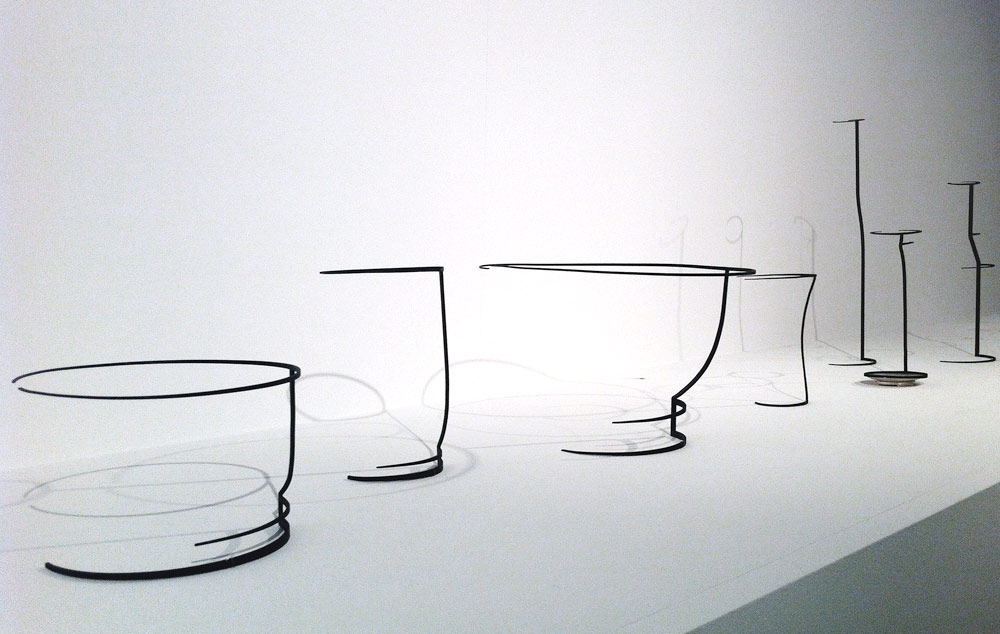
Another narrative telling a story through minimalist design is Maya Selway‘s “Kishu” collection. More an idea of objects than a physical representation of them, Selway’s series features delicate lines in uncompleted forms of tableware and decorative items. The London-based metalsmith and jewelry designer tasks the viewer with mentally composing the remainder of each object’s shape by following the single, unfinished metallic line.
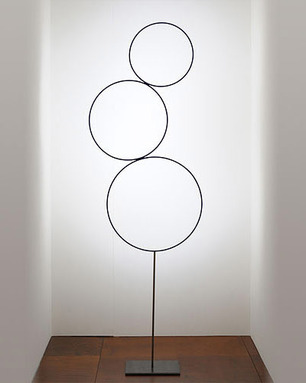
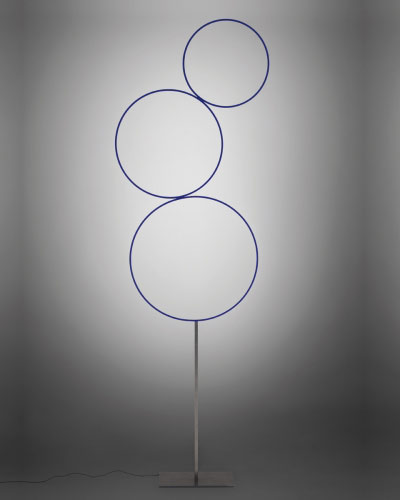
Simple metallic lines also make the rings of Castellani & Smith‘s “Sorry Giotto” lamp, designed in reference to the Florentine painter who was able to freehand draw a perfect circle for the Pope in the Middle Ages. The decades-strong, non-conformist designers were recently acknowledged with an award by Wallpaper for the lamp, which is made of deep blue, hand-painted copper and features a cleverly hidden LED lighting system to provide soft, indirect light.
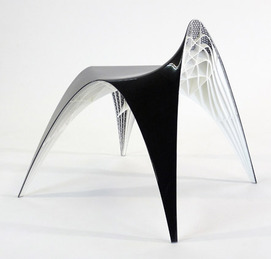
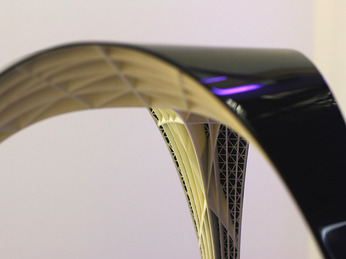
The arched shape of the “Gaudi Stool” by Dutch designer Bram Geenen is inspired by the techniques used by Antoni Gaudi for his famous Sagrada Familia cathedral in Barcelona. Geenen heralds Gaudi’s principles of gravity and the forces that allow for such gracious, audacious curves with ultra-resistant anatomical accuracy.

Kazuhiro Yamanaka “Sound Cloud,” designed for Saazs, is a hybrid object that is as somber as it is mysterious. Based on a monumental monolith of glass, “Sound Cloud” plays on its transparencies—it is a source of both light and sound. Using a wireless connection to a smartphone or bluetooth with a computer, the light emitted through the glass panel becomes a speaker.
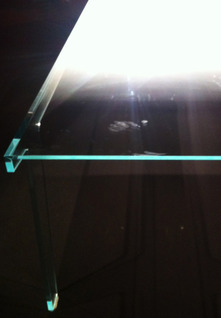
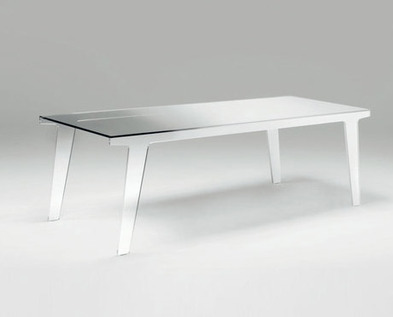
Also using a glass monolith, esteemed designer Patricia Urquiola designed a “Faint Table” for Glasitalia. Featuring minimal pure lines, the table seems to vanish in the dark because of its progression from transparent to white glass. A sophisticated manufacturing process imparts a magical, evanescent effect to this brilliant piece of furniture.
